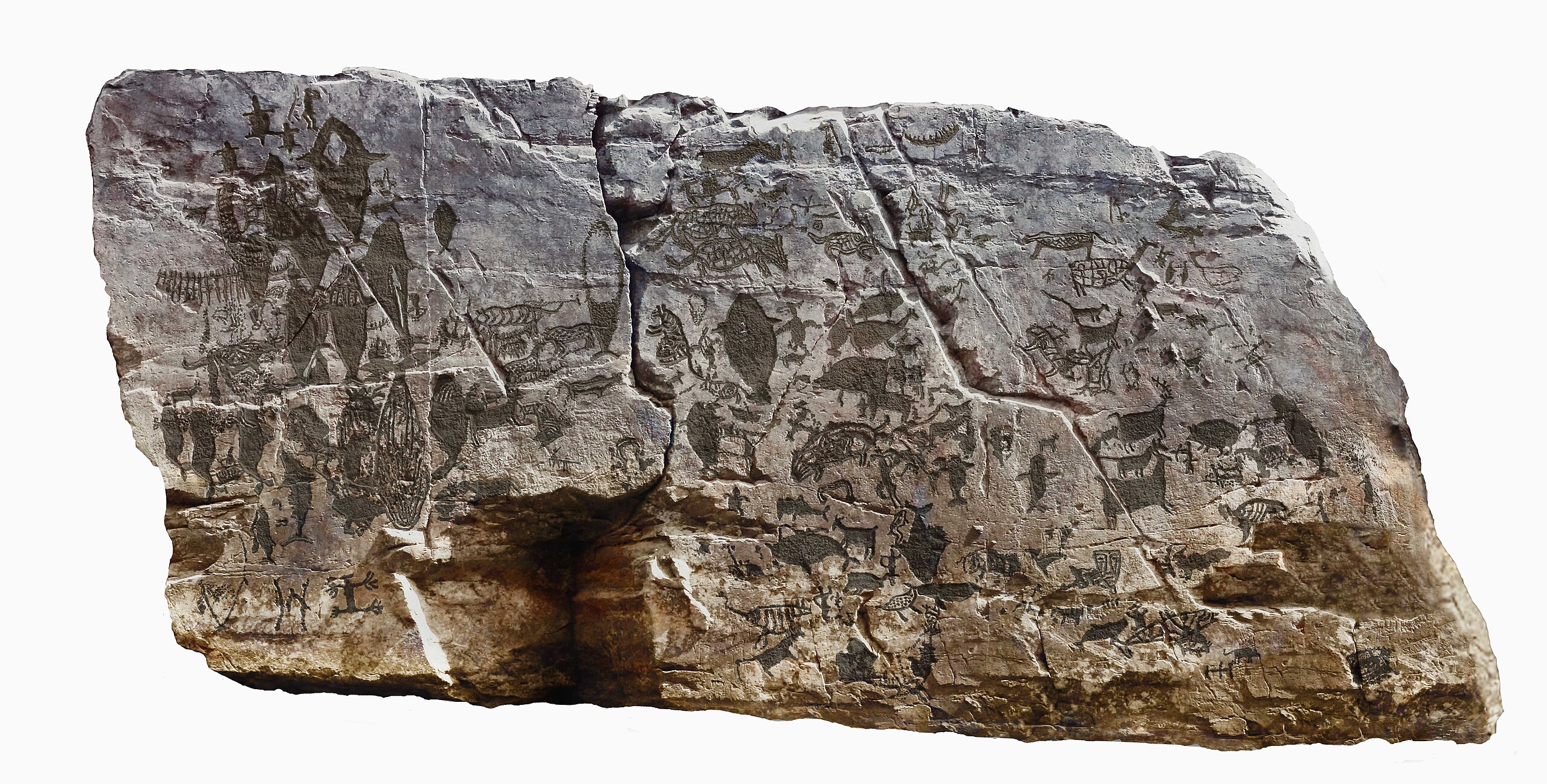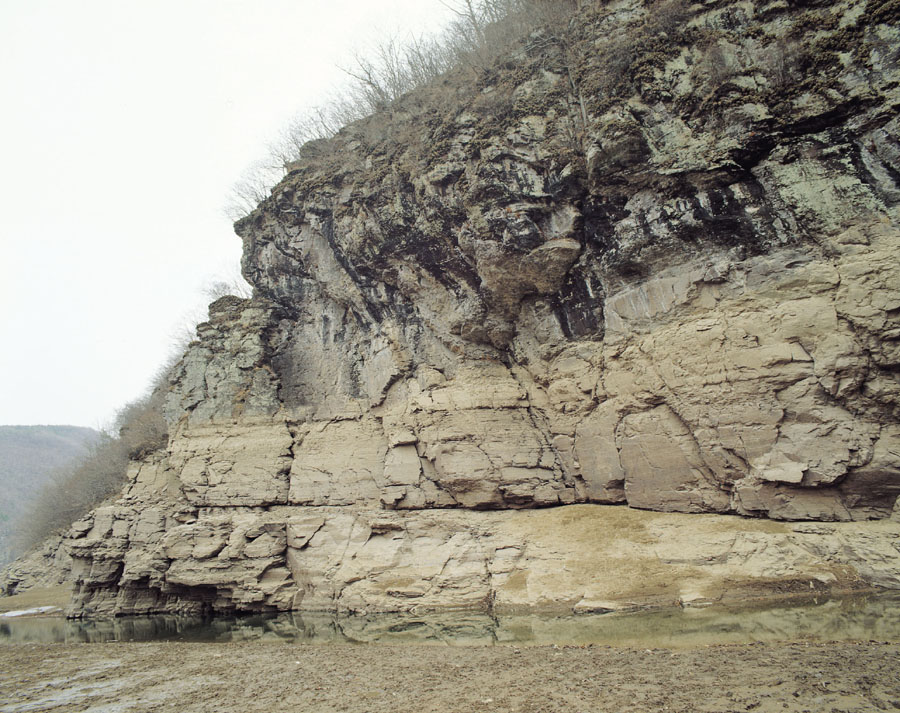Before the invention of writing, humanity used rock art. In Korea, one of the most vivid and mysterious examples of such art are the petroglyphs that have been preserved to this day on rocks and cliffs throughout the peninsula.
There are many significant sites. These include, for instance:
1. The Bangudae Petroglyphs (반구대 암각화) and the Petroglyphs of Cheonjeon-ri, Ulju (울주 천전리 각석) in Ulsan, with images of deer, birds, and geometric patterns;
2. The Petroglyphs in Gyeongju, with later Buddhist and ritual elements;
3. The Daegokcheon Stream Petroglyphs.
These monuments are scattered throughout the country and form a mosaic reflecting the multi-layered spiritual and practical life of the ancient Koreans. The most famous of these are the Bangudae Petroglyphs in the Taehwagang River area, near the city of Ulsan.

The Bangudae Petroglyphs, dating from approximately 6000-1000 BC, are a complex of engravings on a granite rock. There are more than 300 images in total. Among them are cetaceans (dolphins, sperm whales, humpback whales, walruses), land animals (tigers, boars, deer), hunting and fishing scenes (people with spears, harpoons, boats), geometric and abstract patterns.
One of the unique features of the Bangudae Petroglyphs is the prevalence of marine themes, especially images of whales. It is surprising how detailed they are: scientists have identified up to 11 different species of marine mammals, which indicates the keen observation skills and knowledge of nature possessed by the ancient artists. Images of whale hunting — scenes that are almost impossible to find in other rock art sites around the world — confirm that 6,000 years ago, people on the Korean Peninsula were engaged in marine hunting, collective activities, and possessed advanced navigation and seafaring skills.
Petroglyphs served not only an artistic function, but also a social and spiritual one. They can be viewed, for instance, as an encyclopedia of the ancient human way of life (what animals surrounded them, how they obtained food, what they believed in). The images could also be used as a way of passing knowledge from generation to generation, and the abstract patterns may have reflected ritual practices.

Modern Koreans have a deep respect for petroglyphs, seeing them as the roots of their identity. Many artists, designers, and architects are inspired by these ancient forms. Images of whales, boats, or hunting can also be found in modern culture, from visual art to K-pop music videos and stage design.
In July 2025, South Korea achieved an important cultural recognition: the Bangudae Petroglyphs, located in the city of Ulsan, were officially included in the UNESCO World Heritage List. This decision by UNESCO was not only a recognition of the uniqueness of Korean prehistoric art, but also a new step in promoting Korean culture on the world stage. This is the 17th World Heritage Site in South Korea and the first related to rock art.
However, the Bangudae Petroglyphs are in danger: the Sayon Dam, built in 1965, is located near the site, causing the petroglyphs to be flooded for 30-40 days each year, accelerating their destruction. After being granted UNESCO status, the South Korean authorities promised to take measures to protect the rock, including regulating water bodies and strengthening monitoring. To protect it, new sluices are planned to be installed to reduce the flooding time to a maximum of one day per year by 2030.
At first glance, it seems that prehistoric petroglyphs are distant from the modern phenomenon of Hallyu (Korean Wave), but in fact, they complement it. In recent years, interest in Korea has gone far beyond K-pop and dramas. People want to gain a deeper understanding of the country's culture, from ancient times to the present day. UNESCO recognition also has a positive impact on tourism. Ulsan is becoming a new destination on the tourist map, attractive to archaeologists, students, and artists, and is also becoming part of Korea's cultural diplomacy, promoting it as a country with deep historical roots. We often associate Korea with a dynamic present — technology, idols, fashion. But the petroglyphs in Ulsan remind us that every nation has an equally fascinating past that is worth talking about.
The inclusion of the Bangudae Petroglyphs in the World Heritage List is more than just a cultural achievement. It is a reminder of the connection between the past and the present. It is the voice of our ancestors, reaching us through stone. And it is yet another confirmation that Korea is a country where antiquity and modernity go hand in hand.
How about this article?
- Like3
- Support0
- Amazing1
- Sad0
- Curious0
- Insightful0


